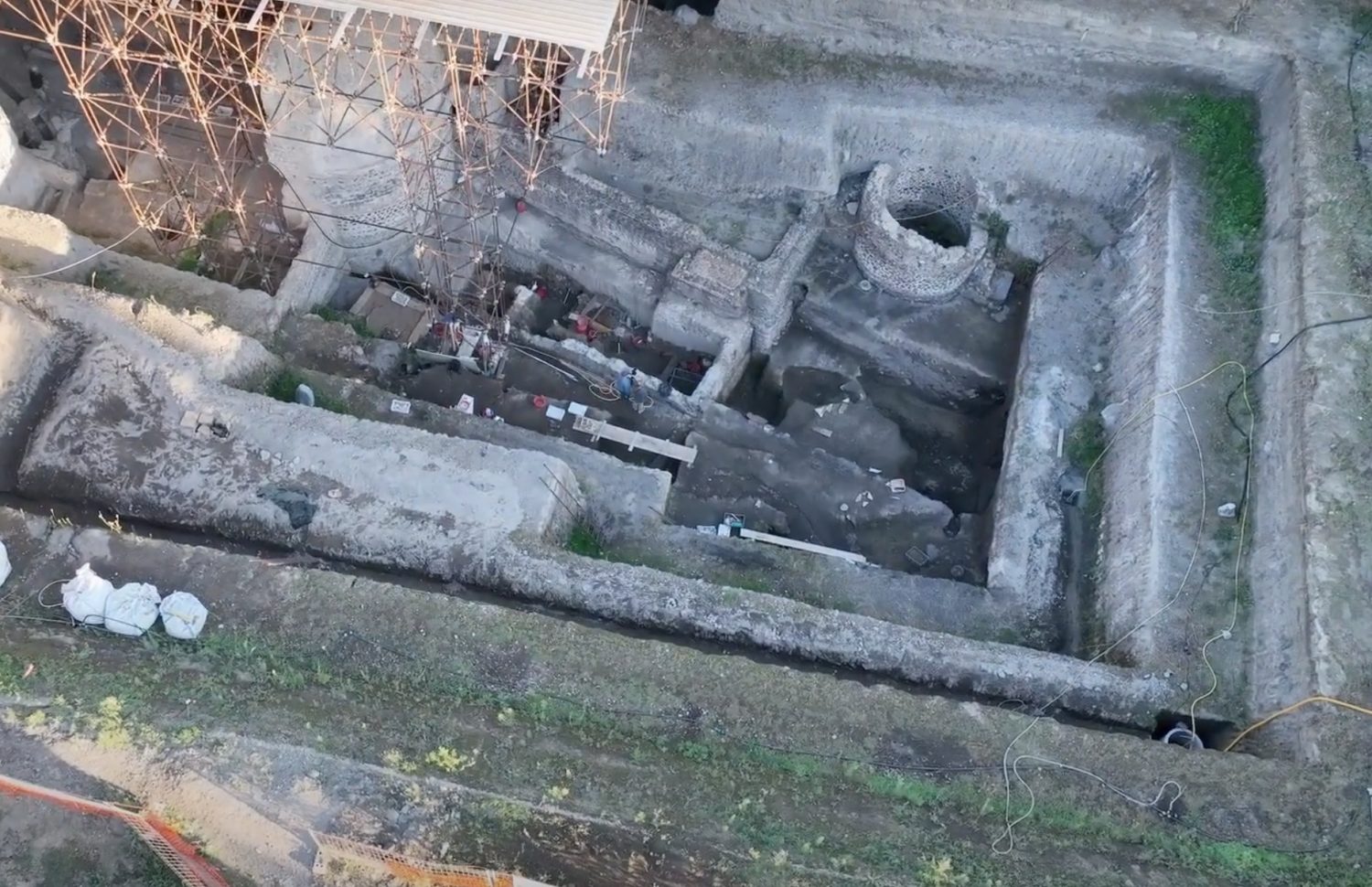The University of Tokyo team began excavating the Somma Vesuviana ruins in the northern side of Mount Vesuvius in Campania Region in 2002.
The team found last year what appeared to be part of a larger structure buried in volcanic ash from the eruption in 79 AD. It is believed to be the room where a kiln was used to boil water for a bath.
Researchers estimate most of the charcoal collected in the room dates back to the first half of the first century AD. They say there was nothing dating back to the following period and they believe the kiln was no longer used afterward.
Historians of the Roman era wrote there was a villa of the Emperor Augustus in the region in the first half of the first century AD, and he died in the villa in 14 AD.
The researchers say there is a possibility that the building was the emperor's villa because it apparently had a private bath, which was installed in a residence of an influential figure. They also say the bath was out of use around the same time when Augustus died and what appeared to be a large temple was later constructed on the site.
Professor Emeritus Aoyagi Masanori at the University of Tokyo says the ruin is the only place where what appears to be a large villa in the Roman era was discovered. At this moment, he says there is a very high possibility that the building was Augustus' villa.
Min Image :UTokyo Foundation

